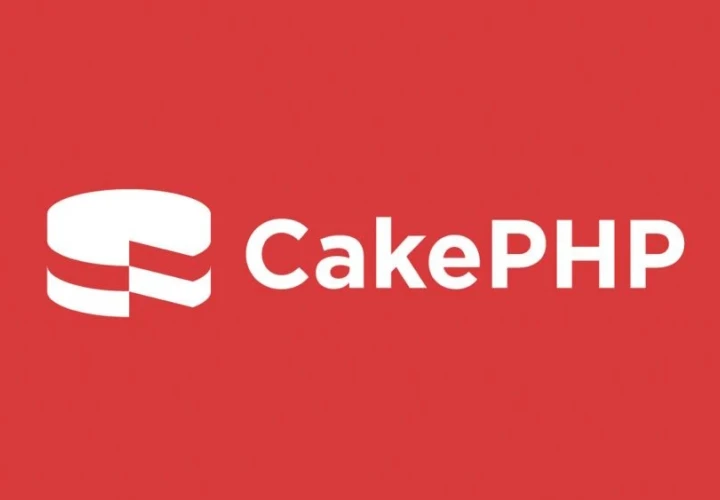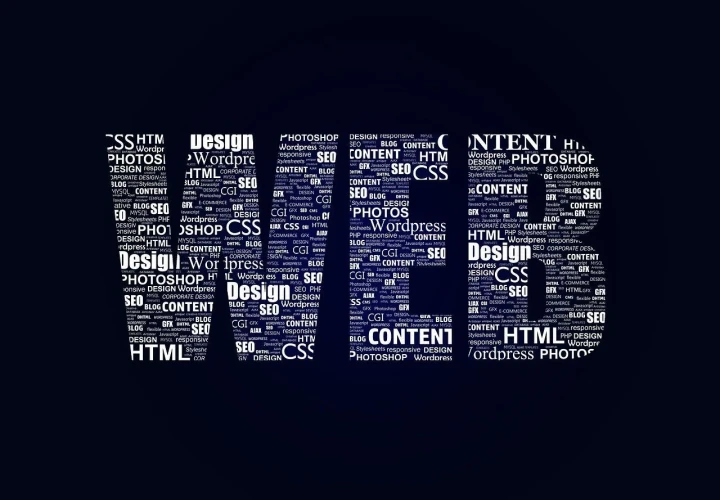Differences in website development costs are often significant and depend on the development approach, project complexity, and technologies used. While generic solutions (WordPress, Drupal, Webflow, Shopify, Magento, and similar systems) offer a quick start and lower entry price, personalized solutions developed using PHP frameworks with an MVC architecture and object-oriented approach require a higher initial investment but deliver greater long-term value.
To truly understand what you’re paying for, it’s essential to look at all the key components that shape the cost of building a website.
In this article, we’ll explore the main factors that determine the cost of website development:
- Planning and Strategy – analyzing business goals and defining functionalities.
- Web Design and User Experience (UX/UI) – the impact of custom web design and responsiveness on functionality and modification costs.
- Programming – the advantages of MVC architecture, object-oriented programming, and user-friendly administration compared to the procedural approach of generic solutions.
- Technical Optimization, Security, and Long-Term Stability – the importance of performance, security standards, and SEO-friendly structure. How modularity, scalability, and flexibility affect long-term costs.
Planning and Strategy
A quality web project begins with a thorough analysis of business objectives, target audience, and market context.
With generic platforms, planning is often minimal – relying on a predefined set of features and templates. While this approach saves time, it carries the risk that the website won’t fully align with the business model. When the need arises for custom functionalities (e.g., CRM integration, custom user profiles, or advanced product filtering), changes become technically complex and financially inefficient.
In contrast, personalized solutions are built on detailed, strategic planning. System architecture, user flows, feature priorities, and upgrade potential are clearly defined. This approach requires more time and a larger initial budget but ensures that every line of code serves a purpose and every functionality adds real business value.
Ultimately, a well-executed planning phase reduces the risk of unexpected costs and ensures that the system grows alongside the business.
Web Design and User Experience (UX/UI)
Website design goes far beyond aesthetics – it directly affects conversions, user engagement, and brand perception.
Generic platforms typically offer ready-made templates that may look modern but are rarely optimized for the specific needs of a business. Any major customization – such as adding interactive elements, adjusting navigation, or altering the layout – requires additional work and increases maintenance costs.
A personalized web design approach begins with understanding user behavior and business goals. UX (user experience) and UI (user interface) elements are created to guide users naturally through the content and encourage desired actions (purchase, signup, inquiry). The design is responsive, accessible, and optimized for all devices, ensuring long-term performance and reducing the need for redesigns.
Although this approach requires a higher initial investment, it results in better user engagement and stronger business outcomes.
Programming
Programming logic forms the foundation of any web project. In generic solutions, most functionality is achieved using pre-built plugins. While this allows for rapid implementation, it often leads to issues with compatibility, security, and performance. Too many plugins can slow down the system, increase vulnerability risks, and complicate updates.
Custom solutions, on the other hand, are developed using modern PHP frameworks such as CakePHP, Laravel, Symfony, or CodeIgniter, based on the MVC (Model-View-Controller) architecture. This ensures a clean code structure, easier updates, and modularity – each component can be developed and tested independently.
Object-Oriented Programming (OOP) enables code reusability, reducing long-term maintenance and development costs.
Instead of relying on third-party plugins, every function is built to fit the project’s specific needs, ensuring full control, stability, and scalability of the system.
Technical Optimization, Security, and Long-Term Stability
The technical quality of a website has a crucial impact on performance, security, and search engine visibility.
Generic platforms often depend on third-party updates and plugins for security and optimization. As the number of plugins increases, so does the risk of conflicts, slow loading times, and system vulnerabilities. Additionally, SEO optimization is often limited by the capabilities of the available plugins.
Custom-built solutions, however, integrate security from the start – using advanced authentication mechanisms, data validation, and protection against common vulnerabilities (XSS, SQL injection, CSRF).
Performance is optimized through clean, structured code, efficient database management, and a minimal number of external dependencies. The modular system structure allows new functionalities to be added easily without compromising stability.
An SEO-friendly codebase, optimized URLs, and fast page loading provide a strong foundation for digital marketing and help reduce advertising costs over time.
How These Factors Affect the Overall Cost
The cost of developing a website is not just the sum of work hours – it reflects the long-term value the system delivers.
Generic solutions may seem cost-effective at first, but hidden expenses related to maintenance, updates, and security fixes can quickly exceed the initial budget.
Personalized solutions, while requiring a larger upfront investment, offer better control, lower long-term costs, and greater scalability. Once built on a solid foundation, future modifications, integrations, and expansions can be implemented quickly and efficiently without patching existing code.
This approach ensures not only technical excellence but also trust – between the client and the development team – as every decision is justified by a clear business rationale.
 Web Technologies
Web Technologies
 Web Technologies
Web Technologies
 Web Technologies
Web Technologies







